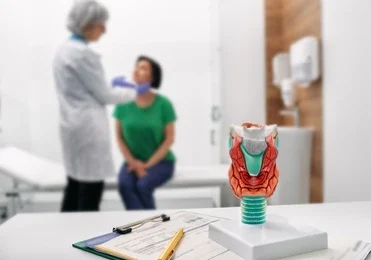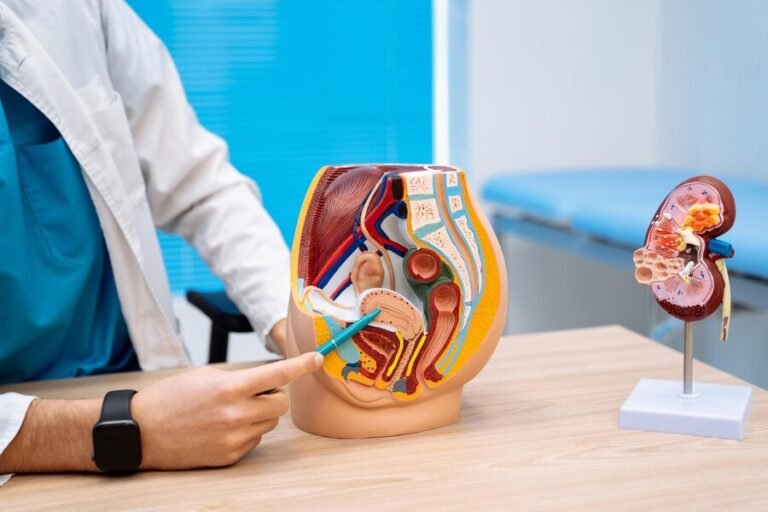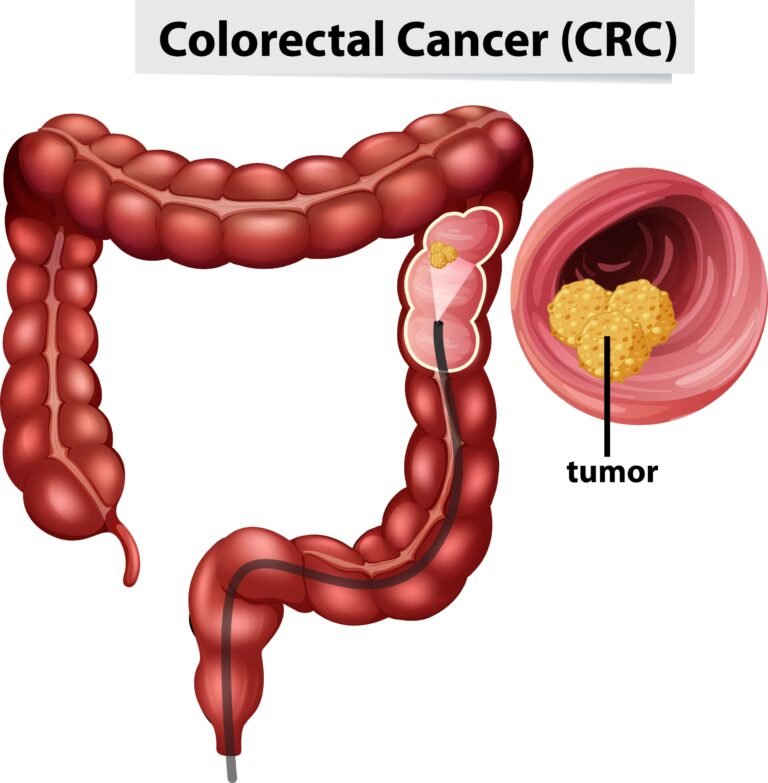Environmental Impact: Exploring Pollution And Its Role In Lung Cancer
Lung cancer continues to be one of the most prevalent and deadliest forms of cancer worldwide, with various factors contributing to its development. While smoking remains the leading cause, there is growing evidence suggesting that environmental pollution plays a significant role in the onset and progression of lung cancer. In this article, we delve into the intricate relationship between pollution and lung cancer, shedding light on its environmental impact.
To Know More About It Please Click Here
Understanding Environmental Pollution
Environmental pollution encompasses a broad spectrum of contaminants released into the air, water, and soil by human activities. These pollutants can originate from industrial processes, vehicular emissions, agricultural practices, and residential sources. Among the most concerning pollutants are particulate matter (PM), nitrogen oxides (NOx), sulfur oxides (SOx), volatile organic compounds (VOCs), and heavy metals.
Linking Pollution to Lung Cancer
Numerous studies have established a compelling connection between exposure to environmental pollutants and the increased risk of lung cancer. Particulate matter, especially fine particles with diameters less than 2.5 micrometers (PM2.5), is particularly hazardous. These tiny particles can penetrate deep into the lungs, causing inflammation, oxidative stress, and DNA damage, ultimately leading to the development of cancerous cells.
Urbanization and Industrialization
Rapid urbanization and industrialization have exacerbated pollution levels in many regions. Urban areas with dense populations and heavy traffic often experience higher concentrations of air pollutants, posing significant health risks to residents. Similarly, industrial activities such as manufacturing, mining, and power generation emit large quantities of pollutants into the atmosphere, further contributing to environmental degradation and public health concerns.
Impact of Indoor Air Quality
While outdoor air pollution garners significant attention, indoor air quality also plays a crucial role in lung cancer risk. Indoor pollutants, such as secondhand smoke, radon gas, asbestos fibers, and household chemicals, can accumulate in poorly ventilated spaces, posing health hazards to occupants. Prolonged exposure to these indoor pollutants has been linked to an increased incidence of lung cancer, particularly among non-smokers.
Vulnerable Populations
Certain demographic groups are more vulnerable to the adverse effects of environmental pollution. Children, the elderly, individuals with pre-existing respiratory conditions, and socioeconomically disadvantaged communities are disproportionately affected. These populations often reside in areas with higher pollution levels, lacking access to adequate healthcare resources and facing additional socioeconomic challenges that exacerbate their health risks.
Mitigation Strategies and Policy Interventions:
Addressing the complex issue of environmental pollution requires a multi-faceted approach involving policymakers, urban planners, industries, and individuals. Implementing stringent air quality regulations, promoting cleaner technologies, investing in renewable energy sources, and enhancing public transportation infrastructure are essential steps toward reducing pollution levels. Additionally, raising awareness about the health impacts of pollution and advocating for sustainable practices can empower communities to take proactive measures to safeguard their health and the environment.
Conclusion: A Lung Cancer
As we continue to grapple with the burden of lung cancer, it is imperative to recognize the significant role that environmental pollution plays in its etiology. By acknowledging the link between pollution and lung cancer, we can foster collective action to mitigate environmental hazards and protect public health. Through concerted efforts to reduce pollution and promote environmental sustainability, we can strive towards a healthier future for generations to come.








